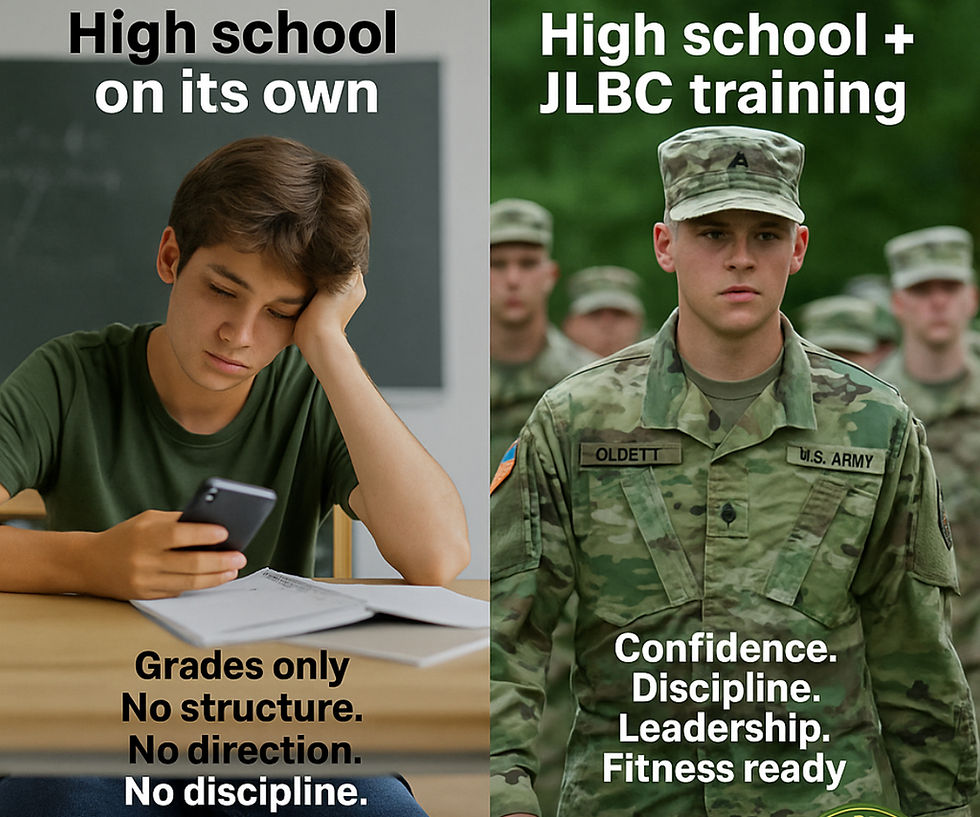Assessing Blended Learning Performance: Methods and Approaches
- Kirk Carlson
- Oct 18, 2023
- 2 min read

# Assessing Blended Learning Performance: Methods and Approaches
Blended learning, amalgamating traditional classroom and online instruction, has become a popular educational format. However, assessing the effectiveness of this mixed approach poses a unique set of challenges. Traditional metrics may not fully capture the nuances of blended learning, and novel methodologies are needed. This article will explore various methods for evaluating combined learning performance.
## Formative Assessments
1. **Online Quizzes**: These can be interspersed throughout the digital course content to gauge understanding as students progress. They offer immediate feedback and can adapt to a learner’s needs in real time.
2. **Classroom Polls**: Teachers can use in-class electronic or paper-based polls to check their understanding of the online content, giving real-time insights into class performance.
## Summative Assessments
1. **Final Exams**: A blend of traditional written exams and online assessments can gauge the overall understanding of the course material.
2. **Portfolios**: Combining classroom assignments and online activities can provide a holistic view of a student’s abilities and grasp of the material.
## Learning Analytics
1. **Engagement Metrics**: Online platforms often provide data on student interactions, such as time spent on tasks or resources clicked. These can be integrated into a broader performance assessment.
2. **Heatmaps**: These visualize where students focus during online activities, helping instructors understand which materials are engaging or challenging.
## Peer and Self-Assessments
1. **Peer Review**: Students evaluate each other’s assignments and online forum contributions. This fosters a sense of community and enables learners to see different approaches to problem-solving.
2. **Reflection Journals**: Students can maintain journals that reflect their learning journey, offering educators subjective insights into the learning experience.
## Qualitative Methods
1. **Interviews**: One-on-one or group interviews can provide deeper insights into individual student experiences and challenges.
2. **Surveys and Questionnaires**: These can be used to gather student opinions on the effectiveness and relevance of the blended learning setup.
## Feedback Loops
1. **Instructor Feedback**: Regular feedback from instructors can help identify areas of improvement and adjust the blended learning model as required.
2. **Student Feedback**: Being the consumers of the educational content, students’ feedback is essential in refining and improving the blended learning program.
## Limitations and Considerations
While blended learning combines the best of both worlds, assessment methods must be carefully chosen to ensure they reflect each course's educational goals and the specific blend of online and in-person teaching. Cultural, technological, and individual learning differences must also be considered when designing assessment methods.
In conclusion, assessing blended learning performance is multi-faceted and requires various approaches to understand its impact fully. From traditional assessments to advanced learning analytics, each method has its place in painting a comprehensive picture of learning outcomes.







Comments